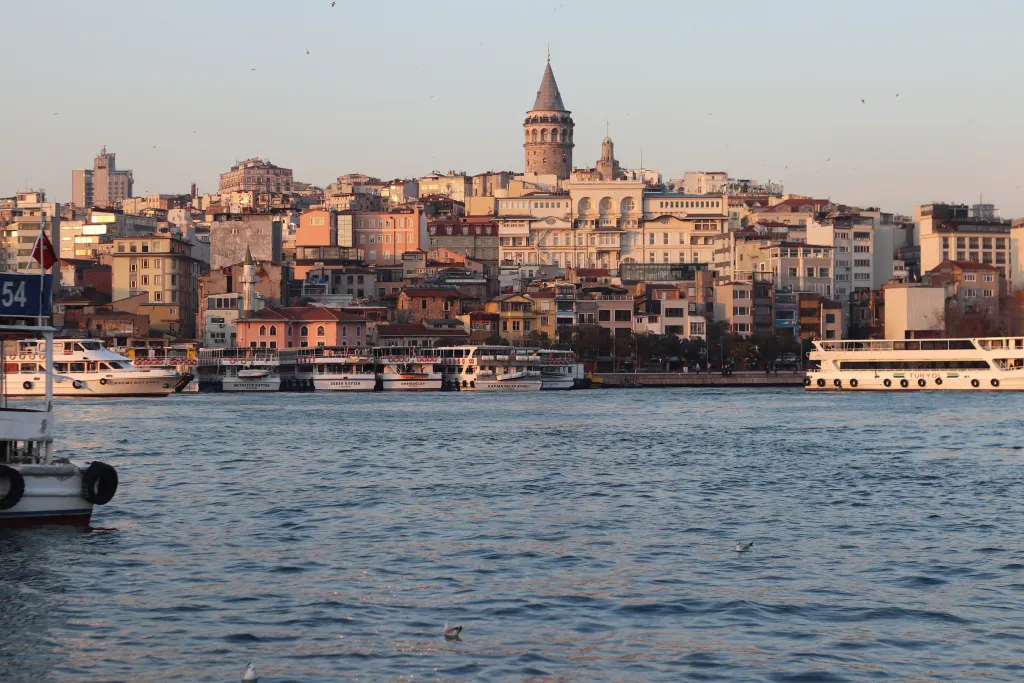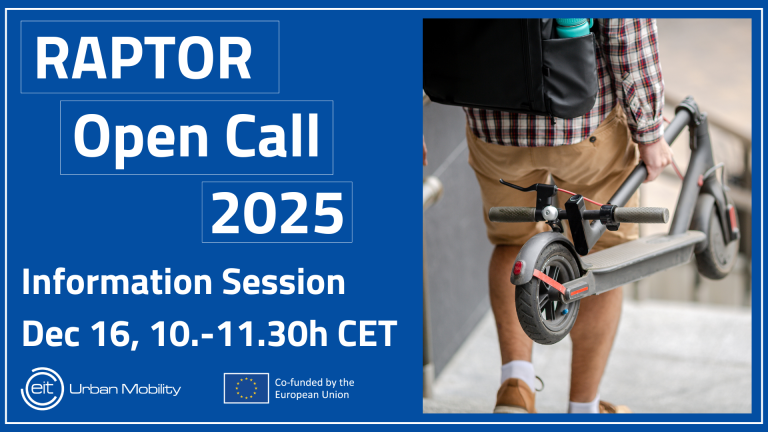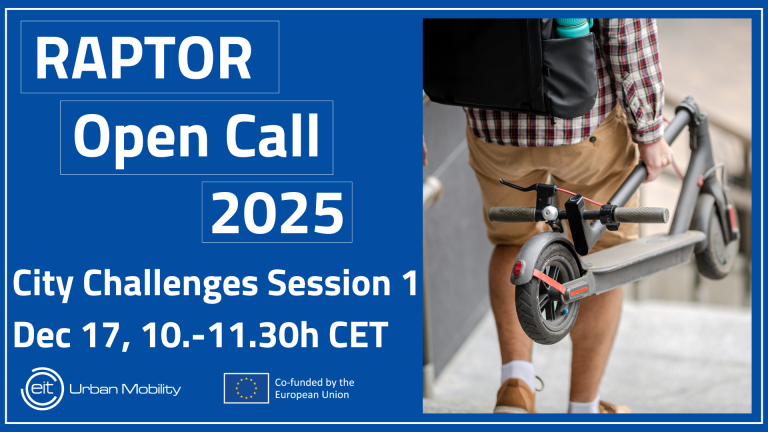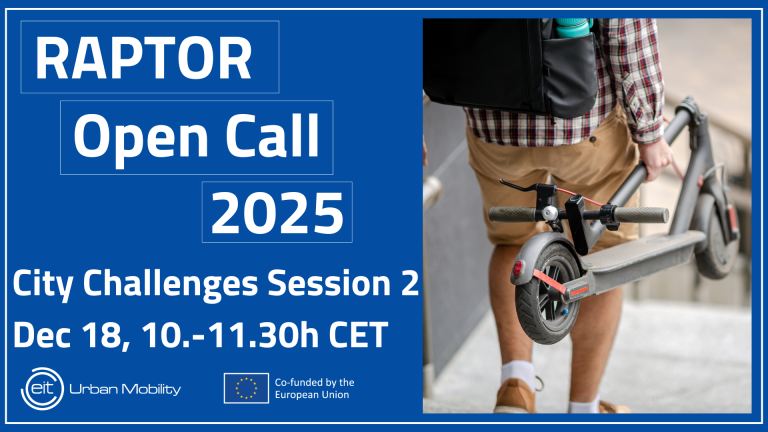Sea taxi service in Istanbul
Challenge
Since 2021, the Istanbul Metropolitan Municipality (IBB) designed, manufactured and established the sea taxi system in the Strait of Istanbul (Bosphorous) consisting of a bridge between Europe and Asia. The water taxis work just like regular taxis with a reservation system and has a fleet of 50 operating water taxis.
The aim is to support sea transportation mode over land transportation. Sea taxis have 10 people capacity and are currently serving 48 piers operating 24h/day through the “İBB Sea Taxi” mobile application. Passengers can make reservations by choosing the piers, date, and time.
The challenge is however, that a business model cannot be created considering the demands of passengers on the application and the integration of other PT types. The limited number of water taxis available and the excess and distribution of the number of piers limit the potential of the operation. To solve this problem, there is a great and pervasive need to increase potential capacity via the optimization of the number of vehicles accessing the piers.
CURRENT SITUATION
The solution should meet at least one of the following objectives:
- Develop and implement an application that has optimization and integration with the other transportation modes.
- Make existing sea public transport more attractive to new and existing users and increase its use and overall quality of service.
- To decrease road traffic
- To enable a more balanced gap between different modes of transport
The solution should target at least one of the following impacts:
- Developing new technological solutions to support optimization and the integration of sea transportation such as artificial intelligence.
- Delivering an optimized, user-friendly application for citizens and operations that allows the prebooking and docking processes in sea taxi based on digital and software solutions
- Improve the water transportation system to support the reduction the carbon footprint caused by the intensive use of other transportation modes.
- Reduction of waiting time and optimizing potential capacity.

Results
•Predictions and simulations tool to estimate the response of the transport with variable demand and the ability to adapt the fleet size to a given situation
•Reduction of the carbon footprint by shifting from road to water transport
•Improved use experience by providing more efficient trips and a reduction on the waiting time
•Connecting the city’s real needs with the mobility ecosystem





